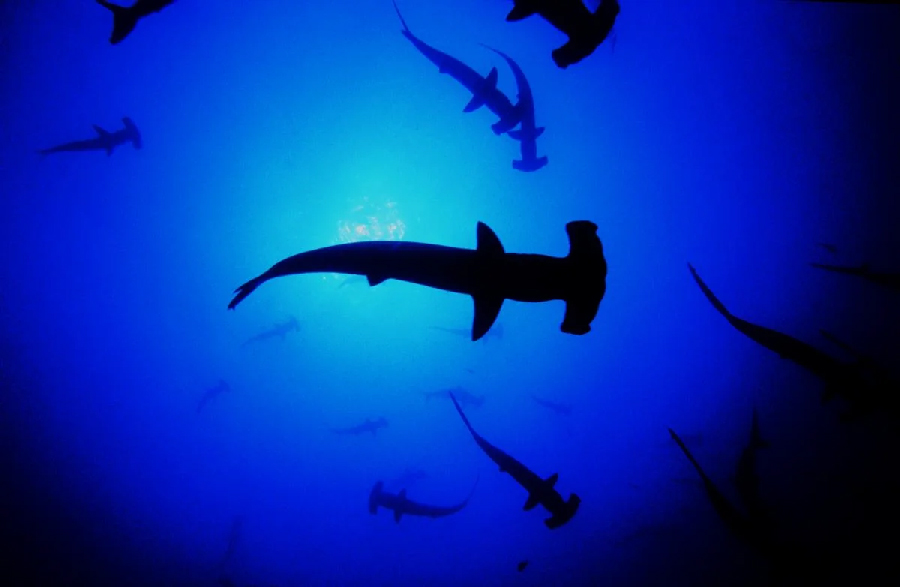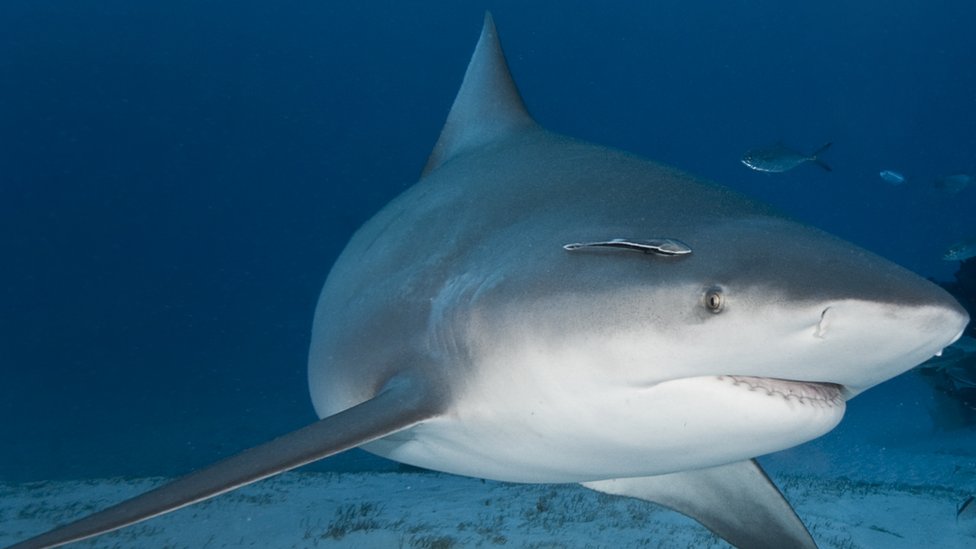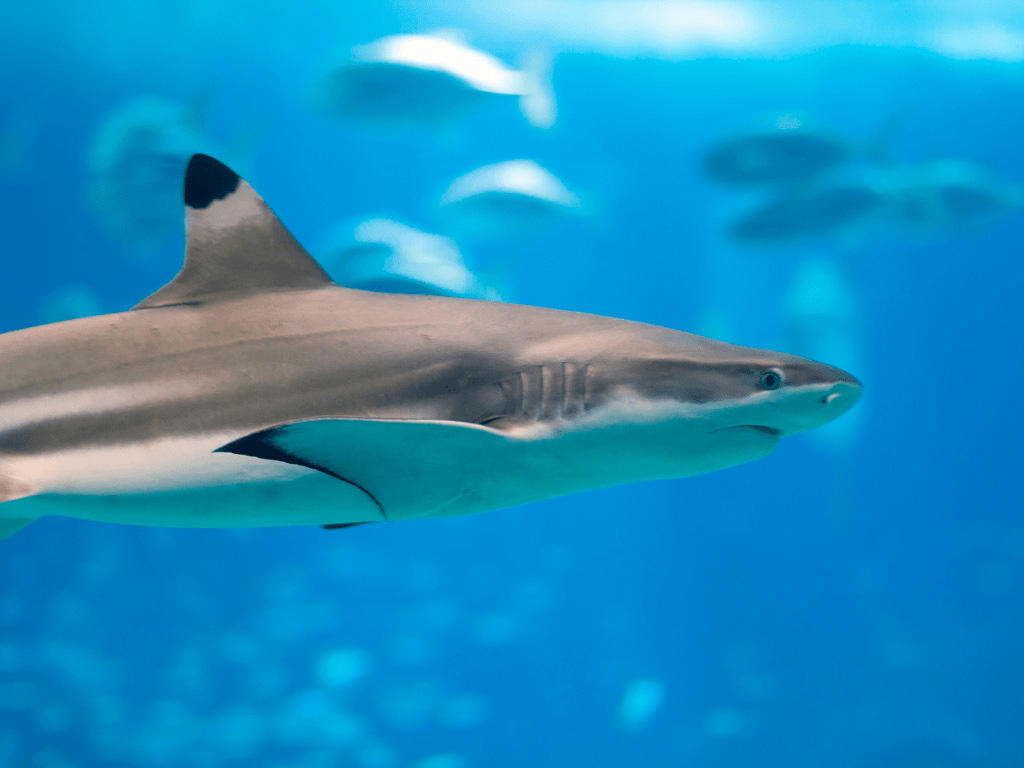Sharks have long been objects of both admiration and fear. Their imposing presence in the oceans, their crucial role in maintaining the balance of marine ecosystems, and their influence in popular culture have made these creatures the subject of numerous scientific studies and cultural narratives.
In this article, we address the biology of sharks, their ecological significance, the challenges they currently face, and how their image has transcended into the realms of fashion and design—all from an expert, evidence-based perspective.
Biology and Ecology of Sharks
DSharks belong to an ancient group of cartilaginous fishes whose evolution dates back more than 400 million years. Their morphology and behaviors have been refined over millions of years, allowing them to play vital roles in the marine food chain. Some notable characteristics include:
- Species Diversity: There are more than 500 species of sharks, each adapted to specific ecological niches. From the small lantern shark to the imposing great white shark, the diversity in size, shape, and behavior reflects the wide range of evolutionary adaptations that have allowed these animals to thrive in various habitats.
- Body Structure and Adaptations: Sharks possess a skeleton primarily made of cartilage, which provides them with greater flexibility and swimming efficiency. Their senses—such as vision, smell, and the detection of electric fields—are highly specialized, enabling them to detect prey from great distances and in low-visibility environments.
- Role in the Marine Ecosystem: As apex predators, sharks regulate the populations of other species, preventing imbalances that could affect the health of coral reefs and other marine communities. Their activities contribute to biological diversity and the stability of ecosystems, which are fundamental for the resilience of the marine environment in the face of environmental changes.

Conservation and Current Challenges
Despite their ecological importance, many shark species are threatened by human activities. Overfishing, bycatch, habitat degradation, and illegal trade have significantly contributed to the decline of some populations. Among the main challenges are:
– Overexploitation and Illegal Fishing:
The demand for shark fins and other shark-derived products has led to unsustainable exploitation, which negatively impacts marine biodiversity. The lack of strict regulations in some regions further exacerbates this issue.
– Habitat Loss:
Pollution, the destruction of coral reefs and other coastal ecosystems, as well as climate change, directly affect the natural habitats of sharks, limiting their breeding and feeding areas.
– Conservation Initiatives:
International organizations and governments are implementing measures to protect these species. These measures include establishing marine protected areas, launching awareness campaigns, and enacting international agreements aimed at regulating shark fishing and trade. Such initiatives, grounded in scientific research and global cooperation, are essential to ensure the survival of these ancient predators.
The Image of the Shark in Popular Culture
The shark has transcended its biological role to become a cultural icon. From cinema to literature, its image has inspired both admiration and apprehension. Some relevant reflections include:
– Symbolism and Myth:
The image of the shark is frequently associated with power, agility, and resilience. In various cultures, these animals symbolize the indomitable force of nature, serving as metaphors for personal and collective challenges.
– Influence in Art and Design:
The unique aesthetics of sharks have significantly influenced the world of design, inspiring fashion collections, illustrations, and merchandise. This connection between the image of the shark and contemporary art has materialized in products that combine style and symbolism, highlighting the elegance and mystery inherent in these creatures.
Fashion and Style: Expressions of the Passion for Sharks
The admiration for sharks has transcended scientific and cultural boundaries to influence fashion and design trends. Products inspired by these formidable predators offer a way to express a passion for nature and adventure. It is in this context that Shark Attack Shop positions itself as an outstanding choice for shark enthusiasts.
At Shark Attack Shop, an exclusive line of t-shirts is offered, combining innovative design with the highest quality fabrics. Each garment is crafted with durability and comfort in mind, using materials that ensure an exceptional wearing experience. Moreover, the shop’s logistics system enables shipments to any part of the world, ensuring that the passion for sharks can reach every corner of the globe.
Conclusion
The study and conservation of sharks are fundamental to maintaining the balance of our marine ecosystems and preserving the planet’s biodiversity. Their evolution, adaptations, and role in the food chain reflect the complexity and beauty of nature. Simultaneously, the image of the shark has secured a privileged place in popular culture and design, inspiring products that merge aesthetics with functionality.
If you feel a special connection with these majestic predators and wish to carry a symbol of strength and originality with you, we invite you to explore the t-shirt collection at Shark Attack Shop. Crafted with high-quality fabrics and supported by a logistics system that guarantees delivery anywhere in the world, these t-shirts are the ideal way to express your passion for sharks in an elegant and unique manner.

Frequently Asked Questions
Q: What role do sharks play in marine ecosystems?
A: Sharks are apex predators, meaning they are at the top of the marine food chain. They help regulate the populations of other species, preventing overpopulation and ensuring a balanced, healthy ecosystem. Their presence is crucial for maintaining biodiversity and the overall stability of marine environments.
Q: Why are sharks important for maintaining biodiversity?
A: Sharks contribute significantly to marine biodiversity by controlling prey populations. This regulation helps prevent any one species from dominating the ecosystem, which in turn supports a wide variety of marine life and ensures the resilience of the ecosystem against environmental changes.
Q: What are the main threats facing shark populations today?
A: The primary threats include overfishing, bycatch (the unintentional capture of non-target species), habitat loss due to pollution and climate change, and illegal trade driven by the high demand for shark fins and other products. These challenges are leading to a decline in several shark species worldwide.
Q: How are conservation initiatives helping protect sharks?
A: Conservation efforts include the creation of marine protected areas, the implementation of stricter fishing regulations, international agreements to control illegal trade, and public awareness campaigns. These measures, grounded in scientific research and global collaboration, are vital for ensuring the long-term survival of shark populations.
Q: How has the image of sharks influenced popular culture?
A: Sharks have transcended their biological importance to become cultural icons. Their image is often associated with power, agility, and resilience. This symbolism has inspired numerous creative fields, including art, literature, and fashion, where shark-inspired designs and motifs are widely used.
Q: What makes the t-shirts from Shark Attack Shop unique?
A: The t-shirts at Shark Attack Shop stand out due to their high-quality fabrics and innovative designs inspired by the majestic image of sharks. Each garment is crafted with care to ensure durability and comfort, making them not only stylish but also long-lasting. Additionally, the shop’s efficient logistics system ensures that orders can be delivered anywhere in the world.
Q: How can I purchase a t-shirt from Shark Attack Shop?
A: You can easily purchase a t-shirt by visiting the Shark Attack Shop website. Browse the exclusive collection, select your preferred design and size, and complete your order online. Their robust logistics system guarantees delivery to any destination worldwide.
Q: Are there any special care instructions for the t-shirts?
A: While specific care instructions might vary by product, it is generally recommended to wash high-quality fabric t-shirts in cold water, preferably turning them inside-out to preserve the design, and to air-dry them. Following these steps will help maintain the t-shirt’s quality and longevity.

